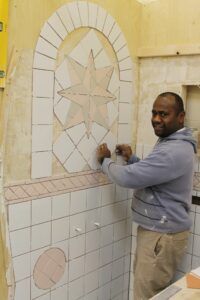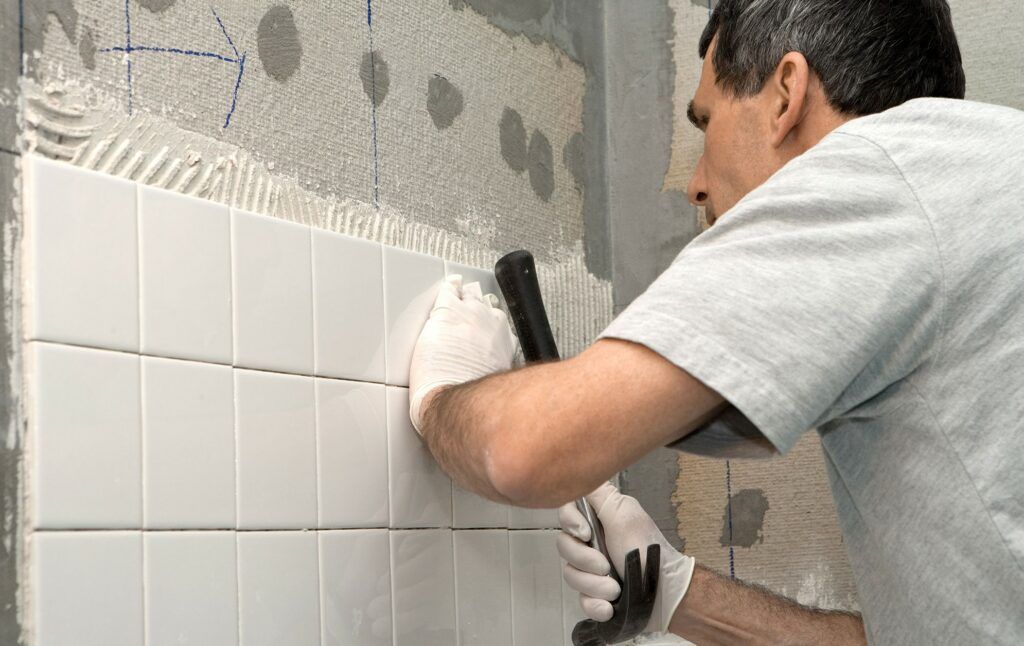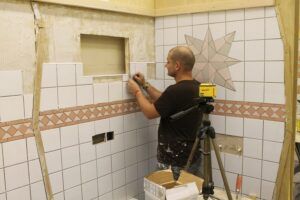It’s nearly Christmas and we hope you are enjoying the festive season here at Pro Tiling Training! We want to wish all our tilers and learners a very Merry Christmas and a Happy New Year!
We hope you have had a great year and wish you all the best for 2017! And, if one of your New Year’s resolutions is to make an improvement to your career or personal tiling business in 2017, then perhaps we can help at UK Pro Tiling Training?
Whether you are looking to embark on your first tiling course, would like to complete a course with us to expand your knowledge, or would simply like to refresh your tiling business” image, take a look at our tips below on achieving that New Year’s resolution to tweak your career.
Become a tiler
Ultimately, here at Pro Tiling Training, we can help you make that complete career change to become a professional tiler and equip you with the skills and expertise to start your own tiling business.
Therefore, if your New Year’s resolution is to make a complete career change, become a tiler and be in charge of your own time, earning your income through your own business, we can help here at Pro Tiling Training.
Go self-employed
Perhaps you are already a tiler and are looking to go self-employed in 2017? Our 1-Day Natural Stone and Business Start-up Course is the ideal course to help you begin your own business.
The course is a follow-up to our 5-Day Fast Track Tiling Course and will inevitably teach you how to start your own tiling business, so that you can go self-employed in 2017.
Improve your time management skills
Investing in the time to reflect on your time management skills over the past year, during the upcoming Christmas period (particularly if you are currently running your own tiling business) will be beneficial for 2017.
Perhaps you could have started on a project earlier in the morning, or after rush-hour, to avoid the time lost from waiting in traffic? Or perhaps you could have visited quotes more efficiently, perhaps grouping quotes in similar locations together, so not to waste time and fuel?
Ultimately, looking back on the past year, may leave you with a few starting points for improvement to make 2017 even more successful.
Try a new technique
Whether it is to embark on practicing a new, more advanced tiling pattern or perhaps join one of UK Pro Tiling Training’s 2017 courses to learn something new. Gaining in new skill in 2017 will continue your professional development and help you gain confidence.
Contact us at UK Pro Tiling Training
If you are interested in any of the courses from UK Pro Tiling Training and would like to fulfil your career goals in 2017, then please do not hesitate to contact us at UK Pro Tiling Training.
Â

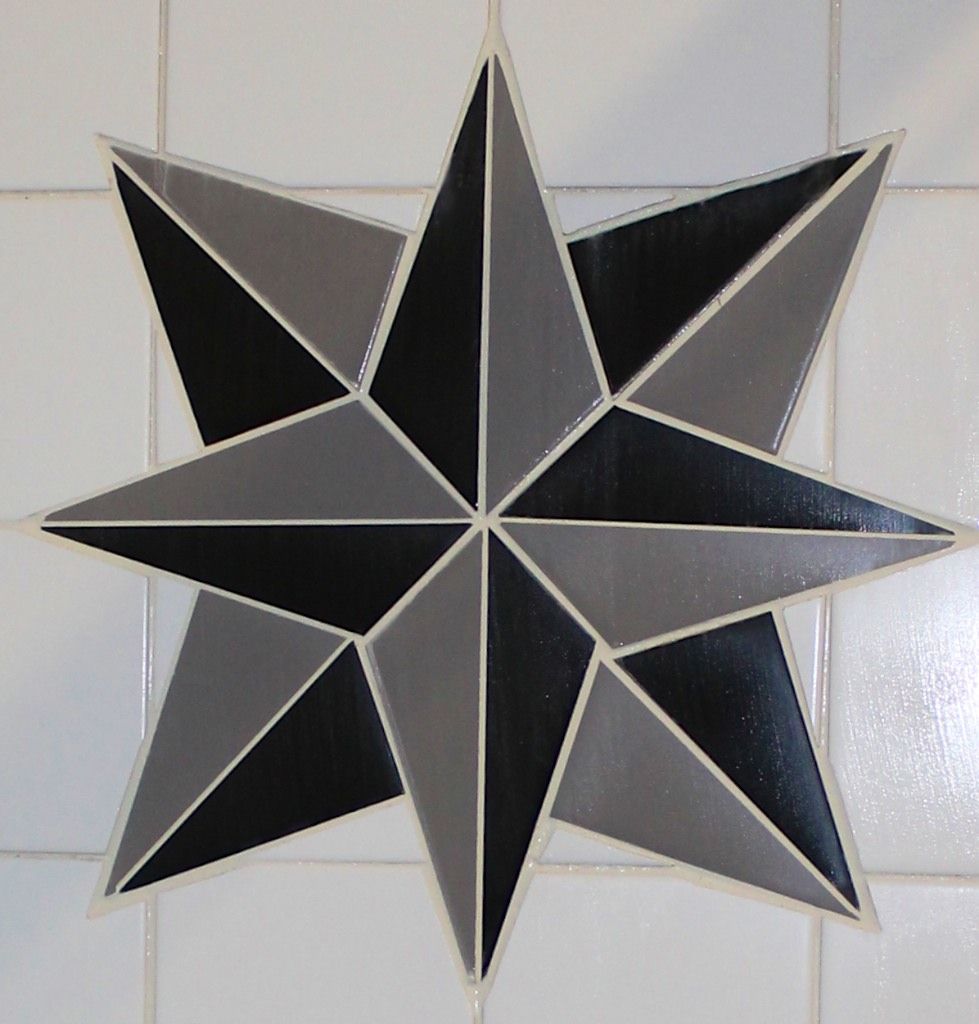

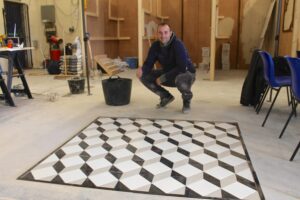
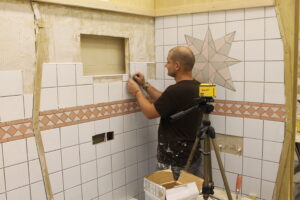 travelled nearly 500 miles round trip to attend having read all the excellent reviews, from here i new this was the place to go. Darren who owns and delivers the tiling course is a master at his craft and the tiling courses he runs are nothing short of unbelievable.
travelled nearly 500 miles round trip to attend having read all the excellent reviews, from here i new this was the place to go. Darren who owns and delivers the tiling course is a master at his craft and the tiling courses he runs are nothing short of unbelievable.